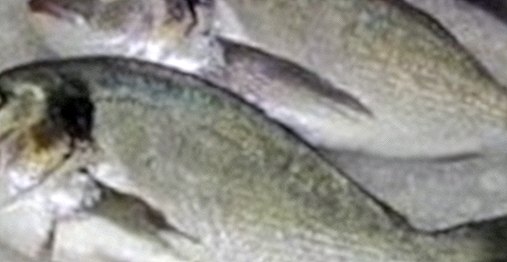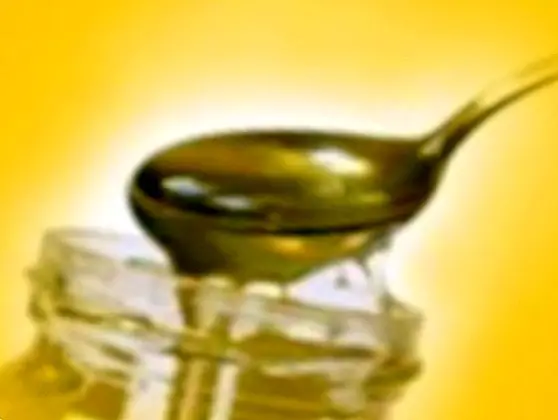Sea bream: benefits and properties
 The sea bream is a less delicious food, which belongs to the family of the Espáridos (to which also belong other very consumed fish, such as sama, bream, boga, dentex or breca), which are characterized by presenting a compressed body and be somewhat longer.
The sea bream is a less delicious food, which belongs to the family of the Espáridos (to which also belong other very consumed fish, such as sama, bream, boga, dentex or breca), which are characterized by presenting a compressed body and be somewhat longer.
It is rare to find it in the Mediterranean and it is usually fished mainly in the Atlantic (on the Atlantic European coasts, such as Portugal or near the Canary Islands).
Due to its black spots the sea bream tends to be known also with the name of red bream.
In relation to its best time of year, the truth is that we usually find it in fishmongers between the months of November, December, January, February and March.
Nutritional properties of sea bream
Unlike cod, the sea bream belongs to the family of blue fish. In fact it is one of the lean fish that more healthy fat tend to contribute, although its caloric value is moderate: 100 grams of sea bream provide less than 90 kilocalories.
It is interesting their nutritional contribution in proteins, in addition to vitamins (vitamin A and vitamins of group B, such as vitamin B3, B6 and B12) and minerals (such as iron, potassium, magnesium and phosphorus). In fact, in comparison with other fish, we must highlight the presence of vitamin B3 and B6.
Calories | 85 kcal | ||
Proteins | 17 g | ||
Carbohydrates | 0.1 g | ||
Total fat | 5 g | ||
Fiber | 2 g | ||
Vitamins | Minerals | ||
Vitamin A | 9 mcg | Iron | 0.8 mg |
Vitamin B3 | 6 mg | Match | 210 mg |
Vitamin B6 | 5 mg | Magnesium | 25 mg |
B12 vitamin | 2 mcg | Potassium | 312 mg |
Benefits of the sea bream
The sea bream becomes nutritionally speaking an excellent source of high biological value proteins. In addition, it is a blue fish, so that most of its fats are healthy.
Thanks to its low caloric intake it is a good option for overweight and obese people, and for its nutritional contribution is very interesting in balanced, healthy and healthy diets.
Due to its iron content, it helps prevent iron-deficiency anemia, while phosphorus intervenes positively in the processes of obtaining energy, in muscle activity and in the nervous system. Therefore, its consumption is also interesting in students.

Images | dullhunk This article is published for informational purposes only. You can not and should not replace the consultation with a Nutritionist. We advise you to consult your trusted Nutritionist. ThemesFish


